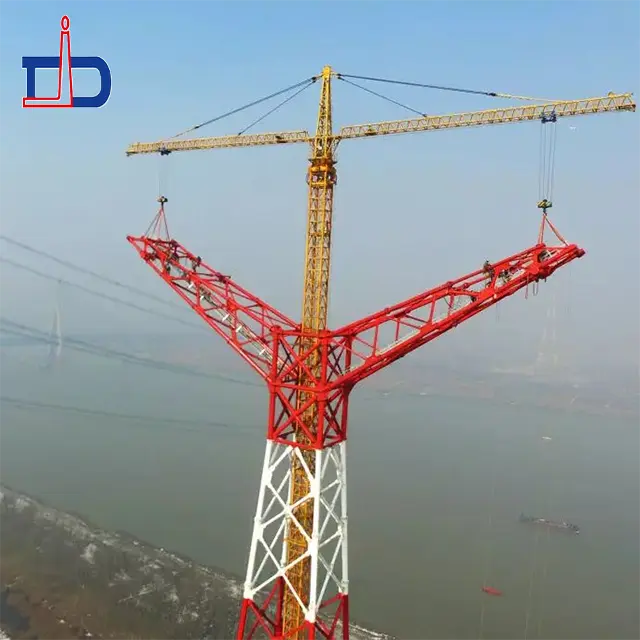
Insufficient industry guidance has led to issues such as redundant planning and an unreasonable overall layout in the steel angle tower industry. Due to the lack of clear industry planning and guidance, many companies experience redundant construction and resource wastage during their development processes. This not only affects the overall efficiency of the industry but also increases the operational costs for enterprises. Secondly, the steel angle tower industry generally faces the issues of being "small, scattered, and disorganized". Enterprises above a certain scale hold a low market share in the industry, resulting in low industrial concentration. This mainly stems from the relatively low entry barrier in the steel angle tower industry, leading to the presence of numerous small and medium-sized enterprises in the market. These enterprises often lack advanced technology and management experience, making it difficult for them to form effective competitiveness.
Additionally, with the intensification of market competition, the issue of homogenization in the steel angle tower industry has become severe. Many companies, in pursuit of short-term profits, neglect product innovation and quality improvement, resulting in a lack of differentiation among steel angle tower products in the market, making it challenging to meet the diverse needs of customers. Meanwhile, as environmental awareness grows and green energy develops, higher requirements for the environmental performance of steel angle towers have been set. However, many steel angle tower companies still have insufficient environmental measures and high energy consumption during production. This not only affects the sustainable development of the enterprises but also contradicts national environmental policies.
With the continuous increase in national investment in power grid construction, and the accelerated construction of smart grids and ultra-high voltage transmission lines, the demand for high-strength, high-load, and corrosion-resistant steel angle towers will remain strong. Especially in the new energy sector, such as wind power generation and photovoltaic power generation projects, steel angle towers, as an important component of support structures, will see a significant increase in market demand accompanying the expansion of the new energy industry. In the context of the comprehensive rollout of 5G networks, the construction of communication base stations will enter a new peak, and steel angle towers, due to their excellent mechanical performance and environmental adaptability, will become the mainstream choice for communication base station construction. In the future, with the evolution of new generations of communication technologies like 5G and 6G, and the expansion of new application scenarios such as the Internet of Things and smart cities, the steel angle tower industry is expected to further expand its market share.
To meet higher performance and environmental standards, the steel angle tower industry continues to innovate and upgrade in new material applications, structural optimization design, and anti-corrosion process improvements, aiming to achieve lightweight, intelligent, and green development of their products. Additionally, prefabricated and modular steel angle tower products will become an industry development trend, helping to improve construction efficiency and reduce operating costs. In summary, the steel angle tower industry is expected to maintain a stable and dynamic development trajectory in the coming period, driven by multiple factors, with broad market prospects and enormous development potential. However, the industry also needs to actively address challenges such as raw material price fluctuations and intensified market competition by continuously enhancing its core competitiveness through technological innovation and service upgrades.